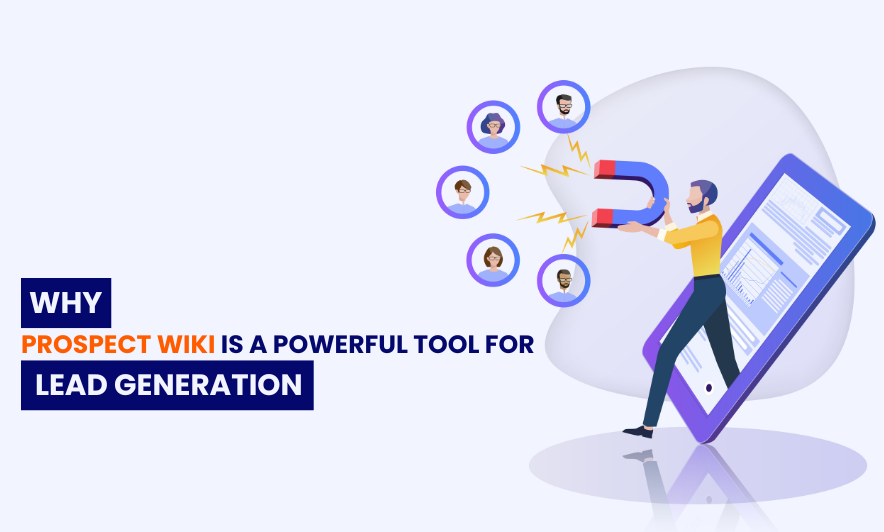A practical guide on creating high-converting lead magnets by focusing on audience pain points, delivering clear value, using strong CTAs, and aligning content with the buyer’s journey to boost lead generation success.
Capturing attention in today’s digital world requires more than just
gated content. It takes a well-crafted lead magnet that delivers real value.
Businesses often invest in creating resources but fall short when those assets
don’t resonate with their target audience. The difference between a lead magnet
that collects dust and one that actively converts lies in relevance, clarity,
and execution.
Understand Your Audience’s Pain Points
A successful lead magnet begins with understanding what challenges your
audience is facing. Generic eBooks or broad templates rarely attract quality
leads. Instead, research customer pain points, analyze frequently asked
questions, and design resources that offer specific, actionable solutions.
Deliver Immediate and Tangible Value
Prospects are more likely to exchange their contact information when
they see an immediate benefit. Whether it is a checklist, a tool, or a short
guide, the value should be quick to grasp and easy to apply. A lead magnet that
promises convenience, clarity, or time savings often outperforms lengthy
resources.
Keep it Focused and Specific
Broad topics may feel impressive but often dilute the impact. Narrow,
targeted resources that solve one problem effectively tend to convert better.
For example, instead of “Guide to Marketing,” a more specific title like “7
Proven Ways to Increase Email Open Rates” grabs attention and addresses a
precise need.
Design for Easy Consumption
Even the most insightful resource can fail if it is difficult to read or
use. Attention spans are short, and your audience expects seamless experiences.
A visually clean design, concise formatting, and scannable content increase the
likelihood of your lead magnet being consumed and appreciated.
Use Strong, Compelling CTAs
A lead magnet is only as effective as the call-to-action (CTA) that
promotes it. Vague prompts like “Click here” don’t communicate value. Clear,
persuasive CTAs that highlight the benefit such as “Get Your Free Template
Now”, create urgency and drive conversions.
Align with the Buyer’s Journey
Different prospects are at different stages of decision-making. Someone
just becoming aware of a problem may prefer a simple checklist, while a lead
closer to purchase may value a detailed case study. Aligning lead magnets with
these stages ensures better engagement and nurtures prospects toward
conversion.
Promote Across Multiple Channels
Creating a great lead magnet is only half the job. Promotion is what
ensures it reaches the right audience. Sharing across email campaigns, social
media, paid ads, and your website increases visibility. Repurposing content
into different formats, like videos or infographics, can also expand reach.
Test and Refine Continuously
Not every lead magnet will perform perfectly from the start. Monitoring
conversion rates, gathering feedback, and running A/B tests help identify what
works best. Refining design, messaging, or format based on performance ensures
continuous improvement.
Build Trust Through Value Delivery
A lead magnet is often the first impression prospects have of your
brand. Overpromising and underdelivering erodes trust, while offering genuine,
useful resources builds credibility. Consistently creating lead magnets that
solve real problems helps establish long-term relationships with your audience.
Lead magnets that truly convert are not about flashy designs or lengthy
content, they are about relevance, clarity, and tangible value. Businesses that
focus on solving specific problems and aligning content with customer needs can
generate higher-quality leads and improve conversion rates.















